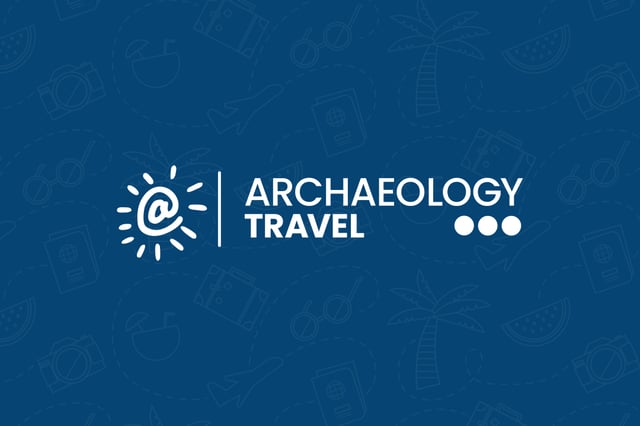North Central Bulgaria
Art, History & Archaeology Sites & Museums
Archaeology & History Sites in North Central Bulgaria
Basarbovo Monastery
The Monastery of Saint Dimitar Basarbowski is the only active cave monastery in Bulgaria today. Although founded in the time of the Second Bulgarian Empire, and mentioned by the Ottomans, the monastery became known in the 17th century following the death of a resident shepherd whose relics were to be transferred to Russia. During a stop in Bucharest the presence of the relics were said to have stopped a plague. The relics of Saint Dimitar Basarbowski are now in St. St. Constantine and Elena Church, Bucharest.

Cherven Fortress
Near the town of Cherven are the ruins of a medieval fortress that was one of the major centers of the Second Bulgarian Empire. At the height of the stronghold’s powers, the settlement built on a flat rocky outcrop in a loop of the river covered an area of over one square kilometre. In 1388 Cherven was captured by the Ottoman Turks during the Bulgarian-Ottoman Wars and was abandoned soon after. Archaeological excavations are ongoing, one of the finds being a 14th-century church with frescoes.

House Museum 'Tsar Liberator Alexander II'
In a city-centre park is a small cottage that before the Russo-Turkish War of 1877-1878 was the house of a local merchant, Ivan Vatsov. Following the Russian’s breaking the Ottoman seige of Pleven (July to December 1877), it was in this modest house that the Russian tsar Alexander II accepted the surrender of the Turkish general Osman Pasha. The house has many original 19th century features. The fence surrounding the house is made up of Russian artillery, and the tsar’s uniform is on display in a glass case.

Rock-hewn Churches of Ivanovo
About 30 m above a river in the Rusenski Lom Nature Park near Ruse is a monastery complex of rock-cut churches, chapels and cells. Known for their spectacular medieval frescoes from the 13th and 14th century, the monastery complex has been on the UNESCO list of World Heritage Sites since 1979. The churches have been used since the 12th century, up until the 17th century. At its height there were 40 churches in use at one time. Not all of these have survived, only five are preserved.

Museums & Art Galleries in North Central Bulgaria
Etar Regional Ethnographic Open-Air Museum
The Etar open-air museum (Архитектурно-етнографски комплекс „Етър“) is a seven hectare ethnographic park that presents Bulgarian customs, culture and craftsmanship, particularly as they relate to the Bulgarian National Revival period (also called the Bulgarian Renaissance). Architectural features include Bulgarian revival houses, a beautifully decorated house with 21 windows and a clock tower. Visitors get to see a wide range of crafts, such as wood-carving, pottery, metal work and needlework.

Pleven Panorama: The Epopee of Pleven -1877
On the site of an 1877 Siege of Pleven battlefield a museum to mark the 100th anniversary of the siege was constructed. The museum contains the largest collection of objects from the Russo-Turkish War in Bulgaria. The highlight of the museum is a vast panorama painted on a canvas measuring 115 by 15 m. The image, representing about 10 km, depicts the most significant and bloodiest battle for the town of Pleven in 1877 between the Russians and the Ottomans.

Regional Historical Museum in Pleven
The Historical Museum in Pleven (Регионален исторически музей) is one of the largest in Bulgaria. Over 5,000 objects tell the story of the region’s archaeology, ethnography, the Bulgarian National Revival and the Ottoman rule of Bulgaria, modern history, and natural history. In particular, the numismatic collection of some 25,000 coins is one of the richest in Bulgaria. The building is itself a historical landmark, built in the 1880s by an Italian architect to serve as a military barracks.

Regional Historical Museum, Ruse
The Battenberg Palace, built at the beginning of the 1880s, now houses the Regional Historical Museum. Exhibitions include palaeontological specimens found in the area, archaeology artefacts from various periods from prehistory through to the Medieval, as well as an extensive ethnographic collection. Highlights of the museum’s collections include the Borovo Treasure, a Thracian hoard of five silver gilt items, and a bronze helmet thought to have belonged to one of Alexander the Great’s soldiers.











